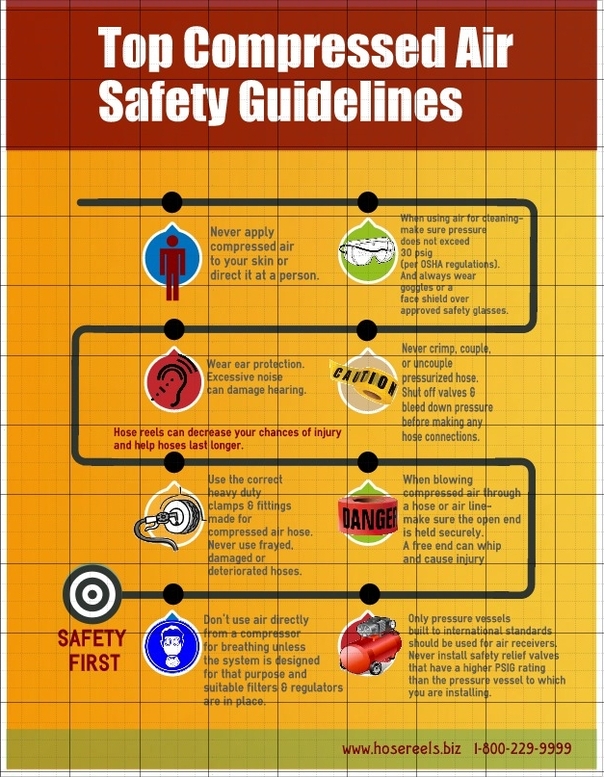Today’s post is an article by Jack Cameron of Guardian Fall Protection on guardrail guidelines
Guardrail Guidelines
By Jack Cameron
One of the simplest ways to keep people safe on a worksite is the use of guardrails. However, depending where you are, your guardrail might not be compliant with OSHA or your state regulations. While OSHA is a federal agency and their standards apply throughout the United States, many individual states have their own version of OSHA that not only includes OSHA’s standards, but additional state specific regulations.
OSHA’s guardrail requirements are fairly simple.
- Top rail must be 42″ plus or minus three inches from the working surface.
- Top rail must be capable of withstanding at least 200 pounds in an outward or downward direction without bending lower than 39″.
- Mid rail must at least 21″ high.
- Mid rail must withstand 150 pounds.
There are other specifics that you can read at the link below, but those are the major points when it comes to guardrails and OSHA. Notice that there is no mention of vertical posts being required at any specific distance. I called OSHA to see if this were perhaps an oversight or simply something I was unable to find in their standards. I was told that as long as it fits the standards in the link below, specifically not deflecting lower than 39″ when 200 pounds is applied, then the vertical posts can be ten feet apart or even further.
However, if you’re in a state with a state run OSHA program like California, don’t order that ten foot guardrail just yet. OSHA requires that state agencies be at least as strict as OSHA, but they are allowed to be stricter or more specific. In the case of Cal/OSHA, the rules are as follows:
- Top rails must be able to withstand a 200 pound load in any direction.
- Top rail must be 42″–45″ high from floor to top of rail.
- Posts must not exceed 8 foot centers.
- Must have a mid-rail. The mid-rail must be at least 1″ x 6″.
- The top rail and posts must be at least 2″ x 4″ if made of wood, at least 1.5″ thick if metal pipe, and if made of structural steel, must be at least 2″ x 2″ angle iron.
As you can see, these standards are much more specific. Not only do you need vertical posts at least every eight feet, but those posts must be a specific thickness depending on the material. In other words, a worksite that might be entirely OSHA compliant in Idaho, might result in violations in California. This is, of course just one example of differences between OSHA and a state run OSHA.
Related Links:
OSHA Guardrail Standards
http://www.osha.gov/pls/oshaweb/owadisp.show_document?p_table=STANDARDS&p_id=10758
Cal/OSHA Guardrail Standards, go to the link below and then search for Title 8, Section 3209
http://ccr.oal.ca.gov
List of State Run OSHA Agencies
http://www.afscme.org/publications/2846.cfm
Jack Cameron has been working at Guardian Fall Protection for over four years. He’s a certified Competent Person and a published author. He is the lead Technical and Content Writer at GFP. You can contact him at johnc@guardianfall.com



